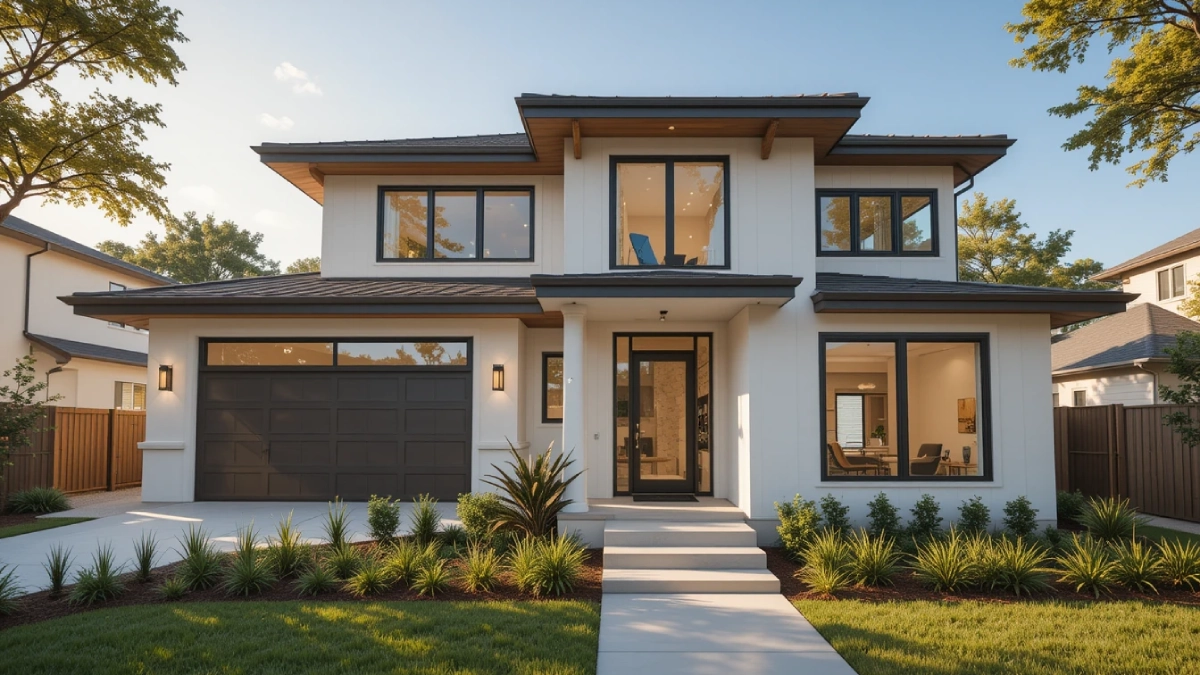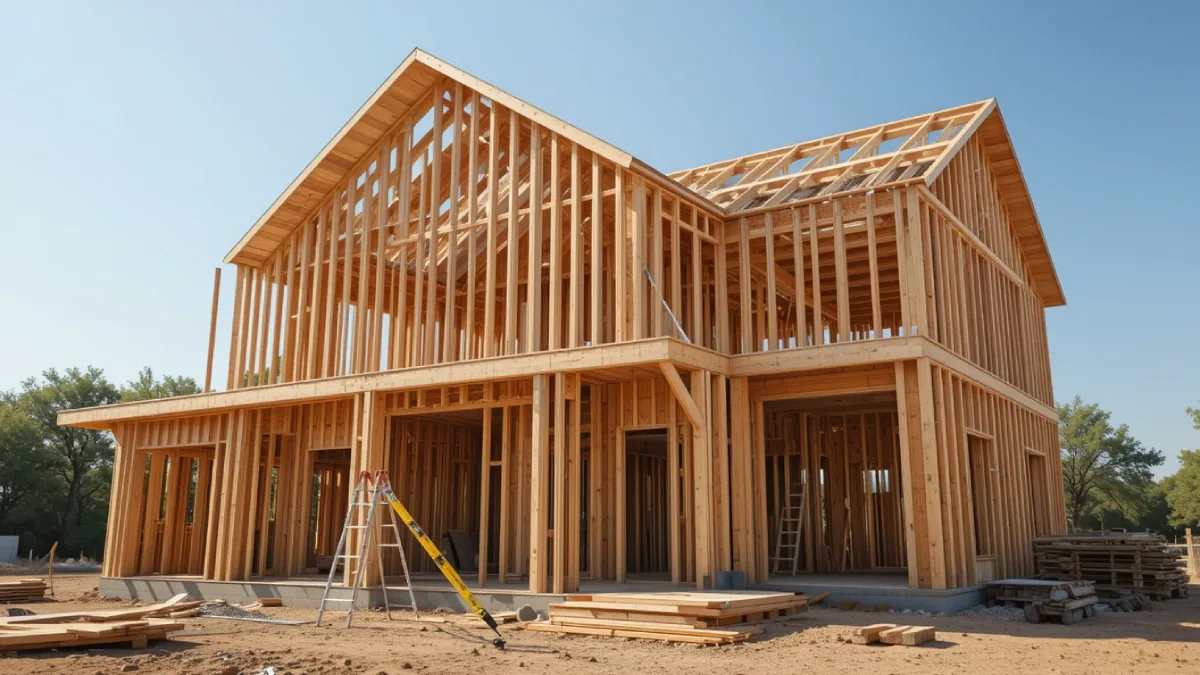Planning a new home in Texas? Then, HVAC should be on your list. Whether you’re building in Austin or San Antonio, a good HVAC system is a must. It keeps your home cool in summer and warm in winter. But how do you choose the right one? And what does it cost?
Let’s walk through the entire process together—step by step. We’ll keep it simple and clear.
Why HVAC Matters in a New Build
Heating and cooling aren’t just about comfort. They affect your home’s energy bills, air quality, and resale value. When you build a house, you get the chance to install new HVAC system that’s built to last.
Older homes often need upgrades. But in a new home, everything starts fresh. That’s why it’s smart to make good HVAC choices early.
In places like Texas, where summer heat can be brutal, your cooling system matters. And don’t forget those chilly winter nights either. You want an HVAC setup that does both well.
When to Install Your HVAC System
HVAC installation happens in stages. You don’t just plug it in and go. It usually starts during framing and ends after insulation. Here’s a quick breakdown:
- Rough-in: Install ductwork while walls are open
- Equipment Set: Add the AC unit, furnace, and other parts
- Finish: Connect wires, test systems, and fine-tune
The whole process takes time. It usually matches the flow of the build. Your HVAC pro will work with your custom home builder Texas, to schedule everything.
That’s why it’s smart to choose your HVAC team early. The sooner they join the project, the smoother things go.
Types of HVAC Systems for New Homes
There’s no one-size-fits-all when it comes to HVAC. Your chosen system depends on your home size, layout, and budget. Here are the main options:
1. Split Systems
This is the most common setup. It has one unit inside (for heating) and one outside (for cooling). It’s reliable and affordable.
2. Packaged Systems
All-in-one systems that sit outside your home. These are great for smaller homes or when space is tight.
3. Ductless Mini-Splits
No ducts? No problem. These are great for smaller homes, additions, or rooms that need extra help.
4. Heat Pumps
These systems both heat and cool your home. They work well in Texas, where winters are mild. Each type has pros and cons. Your HVAC contractor can help you choose what fits your home best.
Cost to Install a New HVAC System
Let’s talk money. On average, installing an HVAC system in a new Texas home costs between $7,000 and $15,000. Here’s what affects the price:
- Home size: Bigger homes need more power and more ducts
- System type: Some systems cost more upfront
- SEER rating: Higher efficiency = higher cost
- Labor: Prices can change based on your city
- Extras: Smart thermostats, air purifiers, or zoning systems add to the bill
Costs may be slightly higher in places like Austin or San Antonio due to demand. Still, installing during construction saves money over retrofitting later.
Always ask for a detailed quote. That way, you’ll know what you’re paying for.
How to Install a New HVAC System
Let’s walk through what to expect, step by step.
Step 1: Hire a Pro
Choose a licensed HVAC contractor who has experience with new builds. Check reviews, ask for referrals, and get a written estimate.
Step 2: Choose the System
Work with your builder and contractor. Think about your home’s size, lifestyle, and energy goals.
Step 3: Ductwork Design
Your duct layout matters. It affects airflow, comfort, and even your electric bill. Good design means better results.
Step 4: Rough-In Install
This happens while the walls are still open. Your team will install ducts, vents, and lines.
Step 5: Equipment Set
Once the walls go up, installing the indoor and outdoor units is time.
Step 6: Final Setup and Test
Your contractor will test the system, check airflow, and fine-tune everything. This ensures your home is ready to go.
Take your time with each step. Ask questions. A sound HVAC system should last you 15 to 20 years—maybe more.
Energy Efficiency and SEER Ratings
You’ve probably seen the term SEER before. It stands for Seasonal Energy Efficiency Ratio. The higher the SEER number, the more efficient the system.
In 2025, most new systems in Texas must have a SEER rating of 15 or higher. But going higher than that can save you more money in the long term.
Here’s why SEER matters:
- Lower energy bills
- Better cooling performance
- Good for the environment
Yes, high-SEER systems cost more upfront. But they pay off over time. If you’re staying in your home for years, it’s worth the investment.
Common Mistakes to Avoid
When building a new home, it’s easy to overlook HVAC. But avoiding mistakes early can save you time, money, and stress. Here are a few to watch for:
- Choosing the wrong system size
- Skipping duct design
- Going cheap on installation
- Not thinking about future needs
- Ignoring energy efficiency
A little planning goes a long way. Make HVAC a top priority from day one.
Final Thoughts
To install new HVAC system is a big step. But when done right, it adds comfort and value to your home.
Good planning makes all the difference, whether you’re in Austin, San Antonio, or anywhere else in Texas. From system type to duct layout, every choice matters.
Take your time. Ask lots of questions. Work with pros who care.
Ready to get started? Contact custom home builders Texas for a new HVAC installation quote today!
FAQs
It starts during framing and finishes after insulation. The exact timeline depends on your builder and contractor.
Most homes use split systems or heat pumps. Both work well in Texas weather.
Most HVAC installs take 3 to 7 days, depending on size and complexity.
Yes! Most new systems work great with smart home tools.
Your contractor should handle permits. But always ask to make sure they’re covered.

